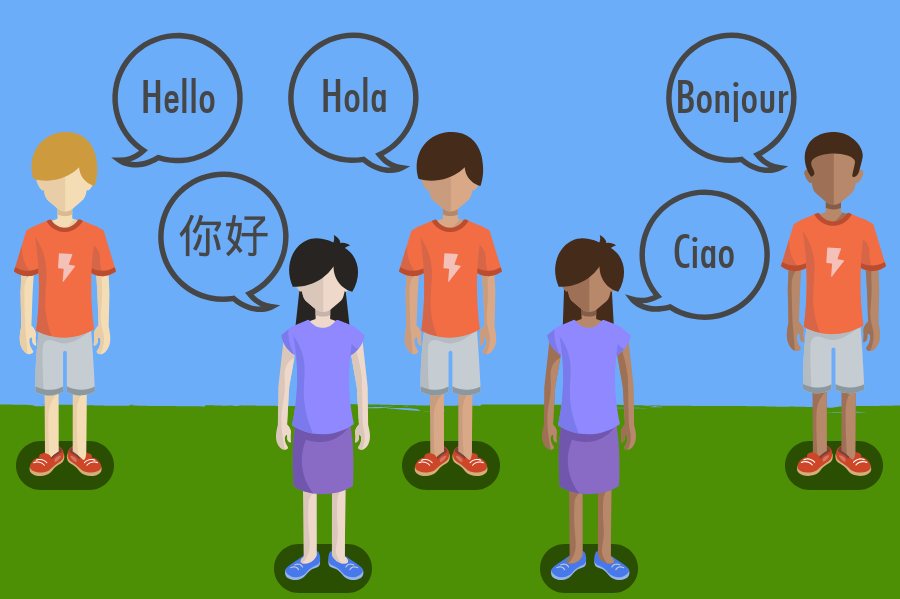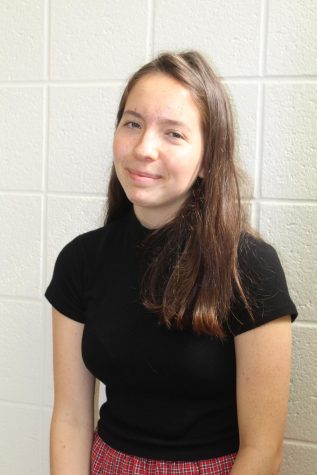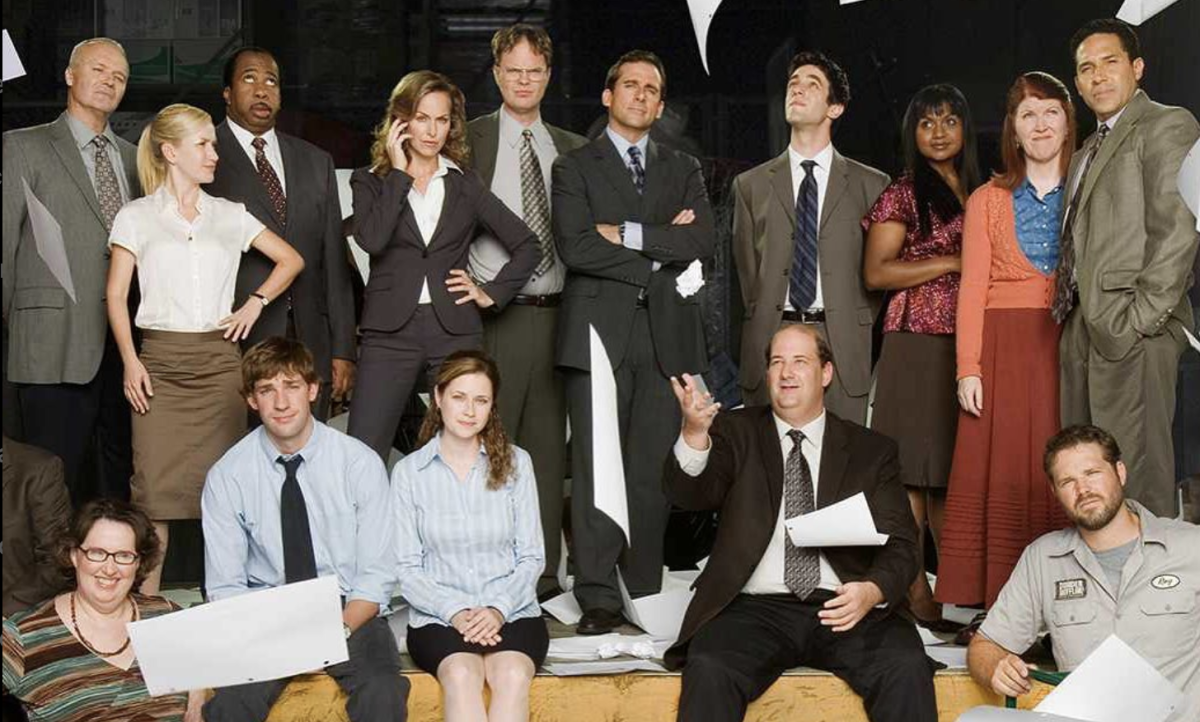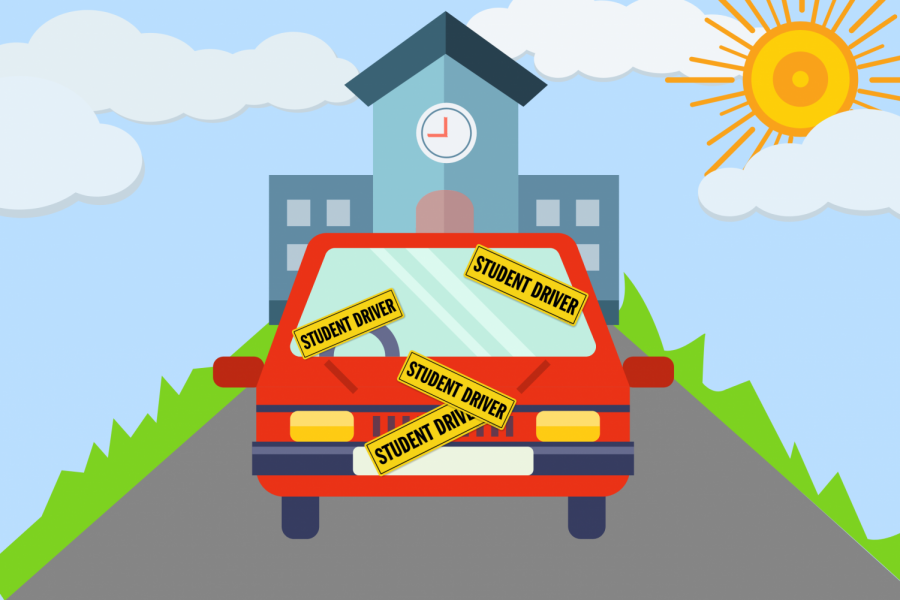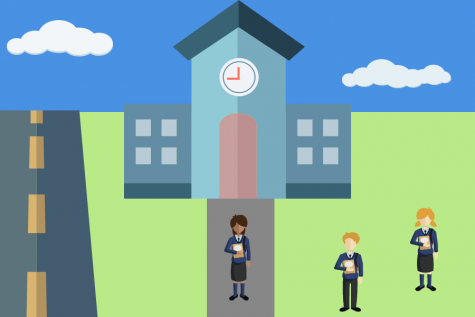MCPS immersion programs provide unique educational enrichment opportunity
November 23, 2018
Many people might be surprised to walk into a kindergarten classroom in Maryland and hear students conversing in Spanish. But at MCPS immersion schools like Oakland Terrace Elementary, this is the norm, and students spend the day learning and collaborating in both English and Spanish.
This year, MCPS opened two new two-way language immersion programs—where academic content is delivered in English as well as another target language—at Oakland Terrace and Rolling Terrace Elementary Schools. Two-way immersion programs teach in a 50-50 ratio of material taught in English and material taught in a “target language,” as opposed to total immersion programs, in which the main language is not English. Two-way programs focus on enabling students to write, read, speak and listen in two languages. Total immersion programs, however, focus solely on mastering a foreign language with almost full immersion in said language.
The openings make a total of five two-way immersion programs offered at county elementary schools. There are also seven elementary total immersion programs and five middle school total immersion programs, with Spanish, French and Chinese offered.
“I think it’s easier to learn a language when you are younger because you are in the process of learning the meaning of words anyways, and being bilingual from a young age definitely made it easier for me to study a third language,” Senior Manon Dehareng said.
Two-way immersion programs aim to create classrooms with a balance of native speakers in both target languages. They’re also generally only attended by students within the schools district, while other MCPS language immersion schools select applicants from a variety of locations within the county.
On an average day in the two-way immersion program at Oakland Terrace, students begin with either English or Spanish classes, and then switch to the remaining language for their afternoon classes. Aside from math and literacy blocks, which are held in both languages, there’s no overlap in content. Once a week, students participate in a bridging activity where they go over concepts in both languages to review.
“Students get really excited about this bridging activity because they connect what they know in English to what they don’t know in Spanish, and vice versa, and they do this by coming together and bouncing ideas off of each other,” Oakland Terrace reading specialist Genny Dorsainvil said.
Although students can join the immersion program at any time, they have an easier time progressing through the levels of coursework to fluency in both languages if they start in kindergarten. Bethesda-Chevy Chase alumna Ella Feldman attended the Oyster-Adams bilingual school in Woodley Park from kindergarten to eighth grade, and noticed that it was easy to differentiate between students who had attended the school from the beginning and students who had come to the school in later years.
“In general when language is taught it should be immersive, because I don’t think learning a language works the same way as anything else,” Feldman said. “The system of immersive learning works because you aren’t just constantly learning about the syntax of the language, you are also gaining new vocabulary when you’re doing science in that language and applying it to the context.”
Feldman is extremely grateful to have gone to an immersion school and learned Spanish; she now considers herself an advocate for bilingual education.
“Every elementary school in the country should be bilingual because there’s just no reason we shouldn’t be teaching kids in America how to speak more than one language,” she said. “I think it’s just a shame when you have these young minds that are so able to pick up languages in a way that adults aren’t, and you don’t put that to good use.”



